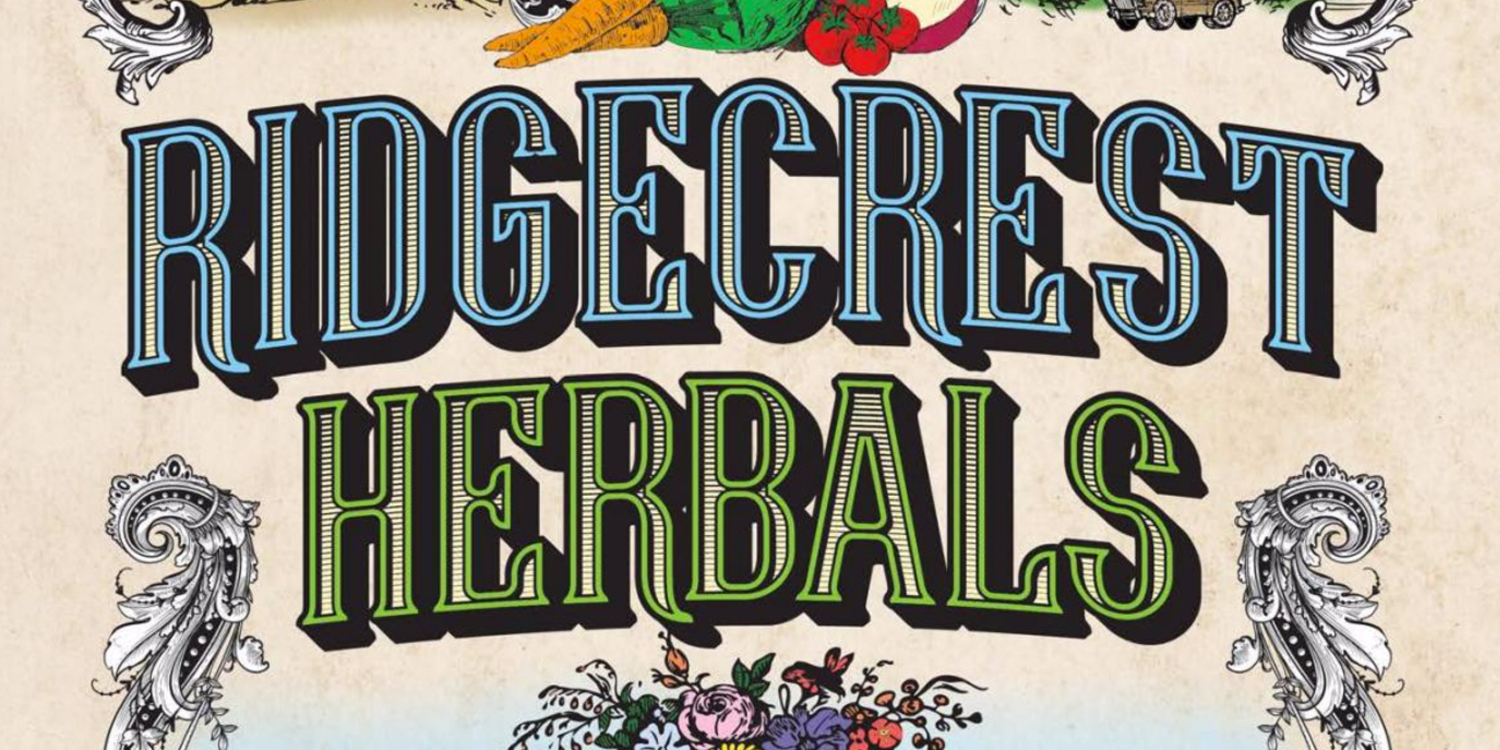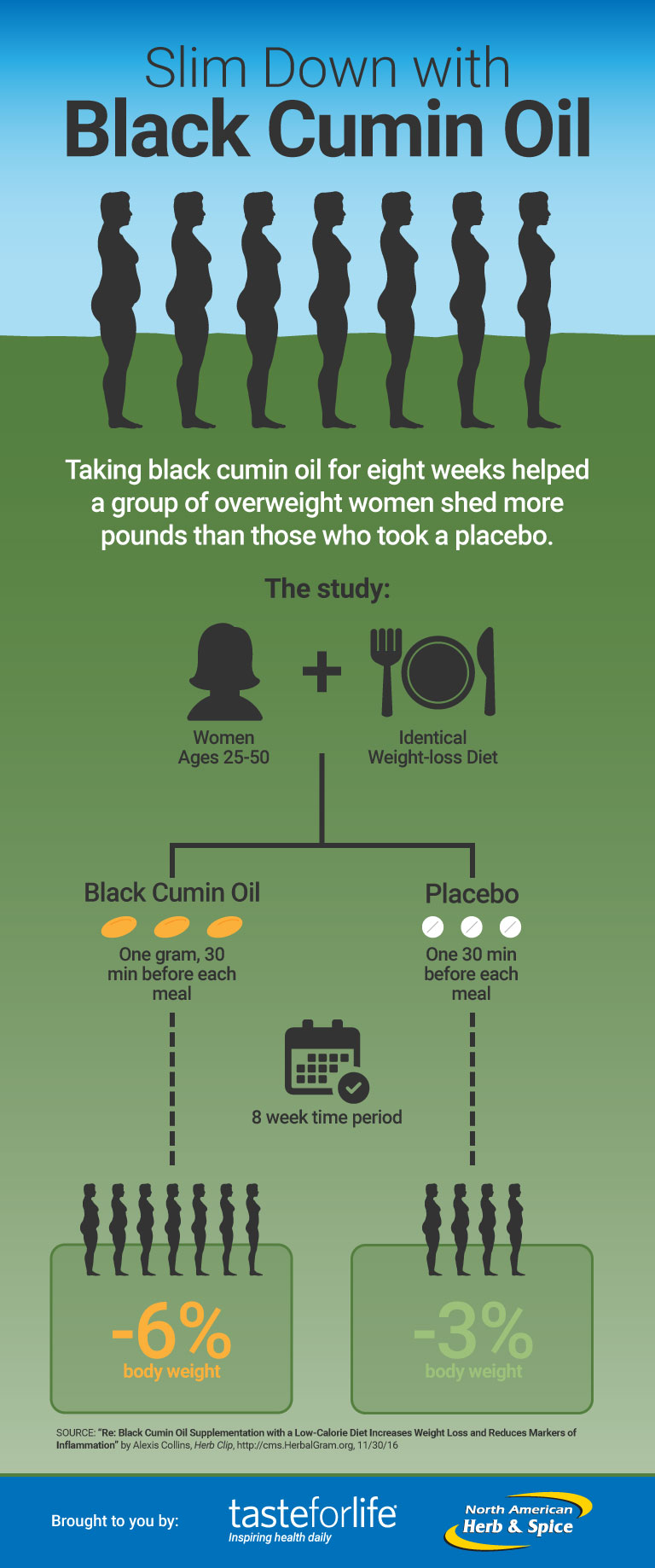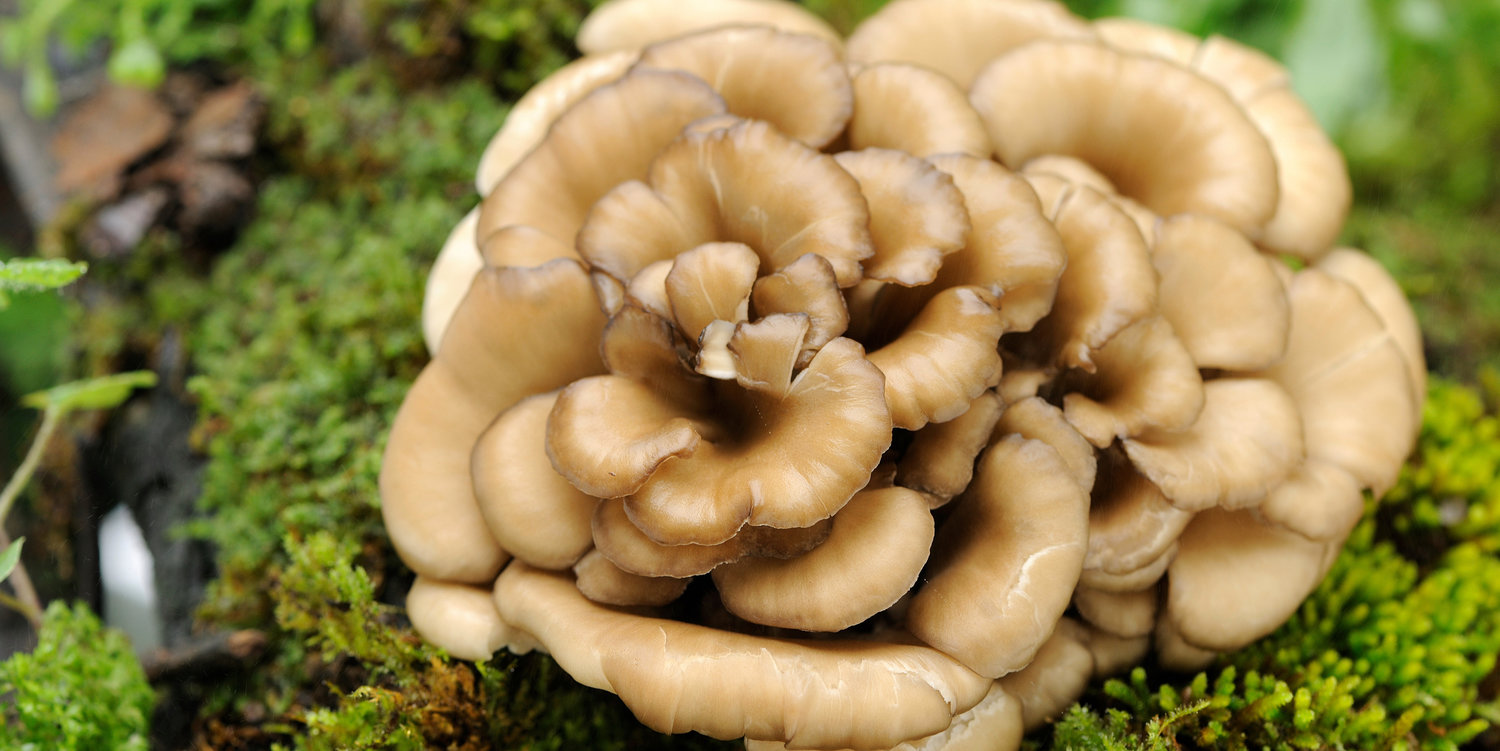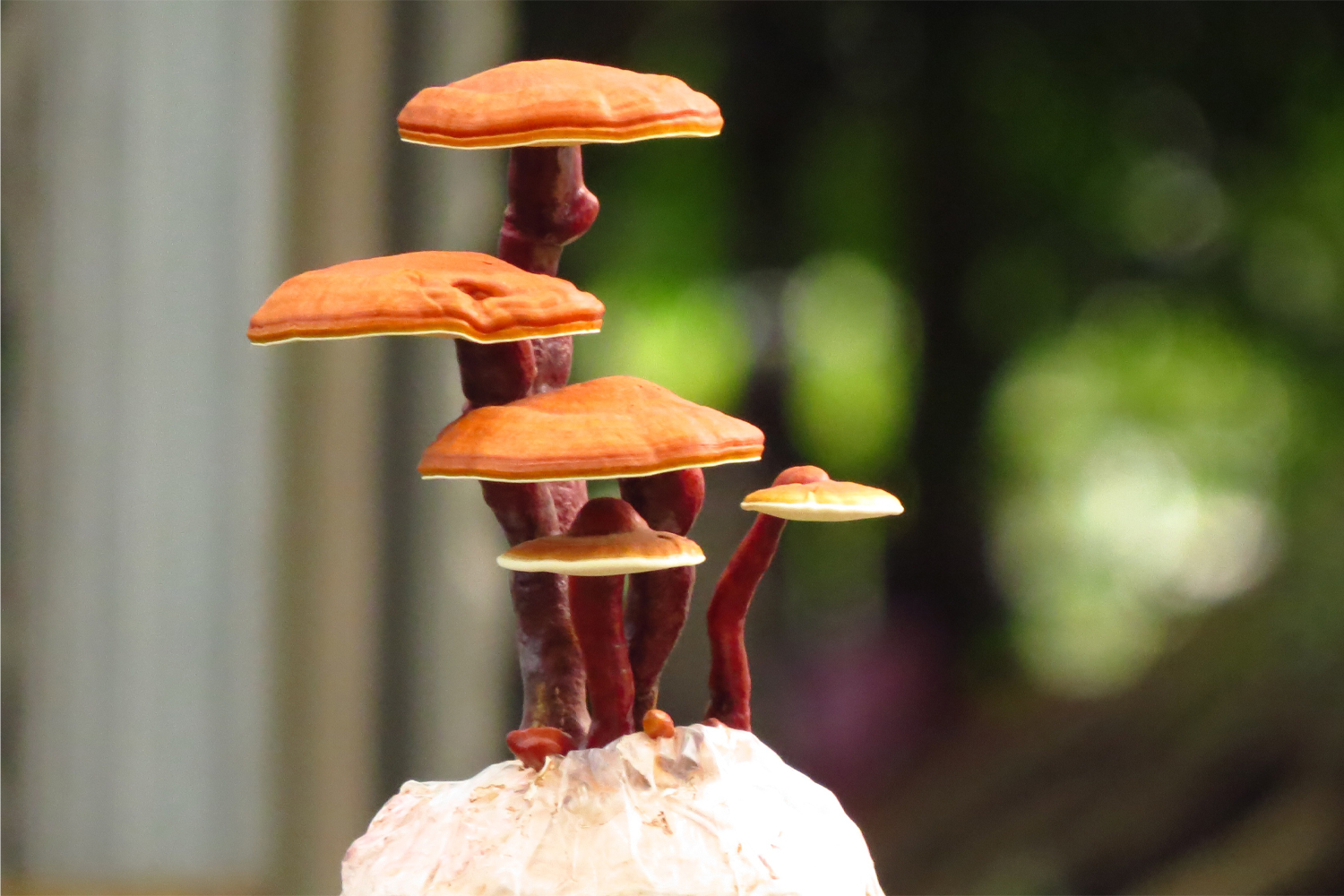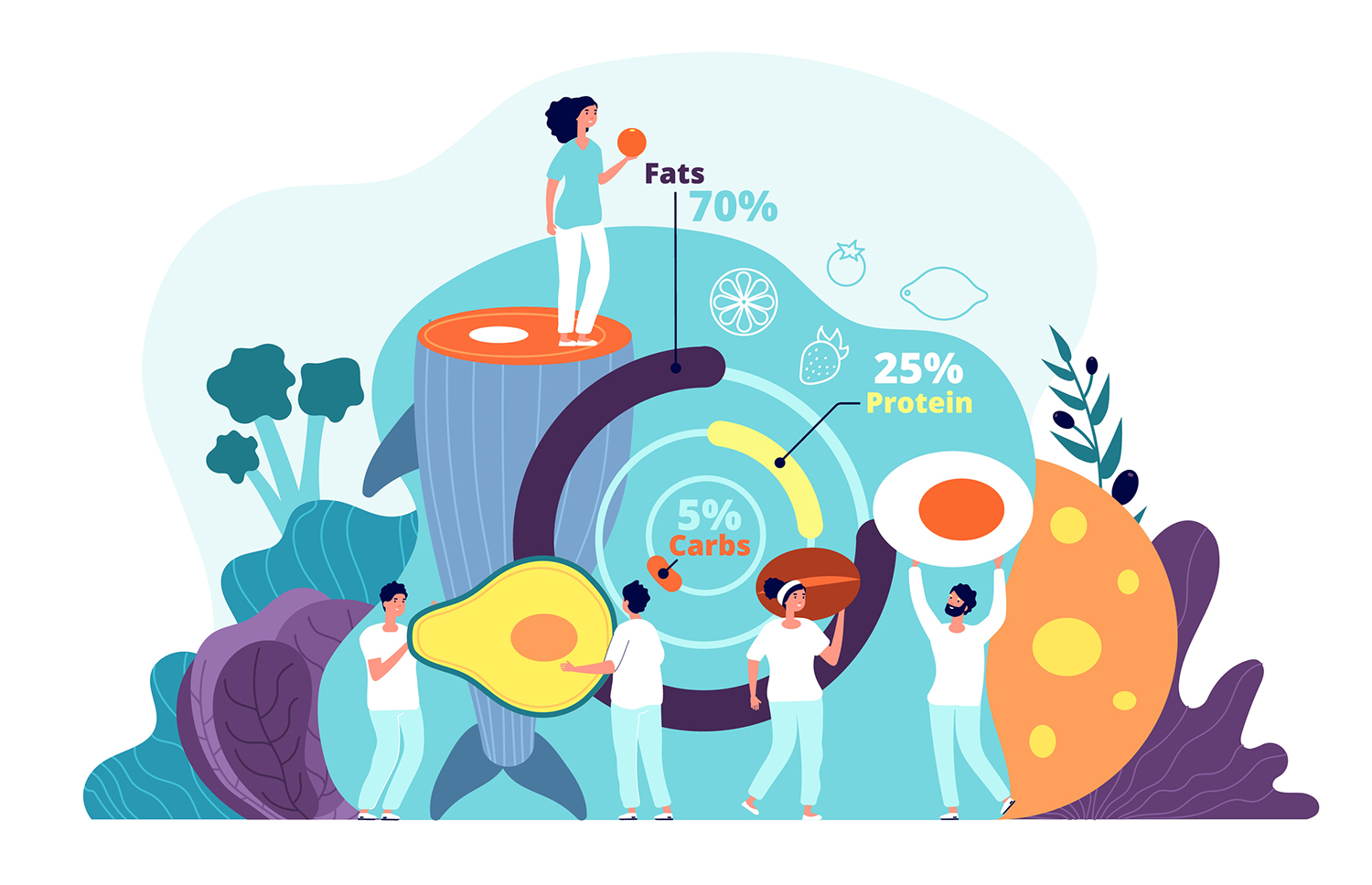Start your year off right by embracing trends, notable dates, and delicious discounts listed in the RidgeCrest Herbals 2017 Almanac.
The annual publication, created by RidgeCrest Herbals, features a fun and unique calendar as its centerpiece. While February marks more traditional holidays like Valentine’s Day and Presidents Day, the calendar also notes more quirky dates like February 16, designated as “Do a Grouch a Favor Day.” Each month also features a star herb. For example, February’s herb is sage, while March follows with lavender.
While turning the pages through the creative calendar, readers will also see a variety of natural-living articles, guides, and retail tips. When it comes to articles, there’s something for everyone with varying pieces like, “A Blurb About Beards,” “Health and Wealth, Do It Yourself,” and “How’s Your Dating Profile?”
The almanac’s how-to and DIY guides include a “Retail Tips” section appearing throughout the book, along with guides for composting, brewing kombucha, and making your own herbal extracts and “boo-boo” butters.
While creating the publication, RidgeCrest staff members also put together pages that feature their answers to a variety of questions, such as: “What social causes are close to your heart?” and “What would you say your spirit animal is, and why?”
Staff testimonial pages also feature a short pop-culture inspired comic titled “The Relatable Retailer.” Each short comic presents quick jokes about the health industry, natural living, and other relevant topics.
Aside from its colorful content, the almanac features a variety of discount options for its readers, such as a 25-percent-off discount for various RidgeCrest products. The Almanac’s retail partners include RidgeCrest Herbals Summit Retailer, Palko Services, Threshold Enterprises, and Select Nutrition.
Inside of the book’s front cover, RidgeCrest CEO Matt Warnock wrote with appreciation for how well the 2016 almanac was received while introducing the current guide.
“We have a lot of fun making it, and we’re glad you are having fun reading it. In fact, FUN is one of our six guiding principles and values at RidgeCrest Herbals,” Warnock wrote.
While the RidgeCrest Herbals Almanac is targeted toward retailers, but anyone can click here to view it now!
